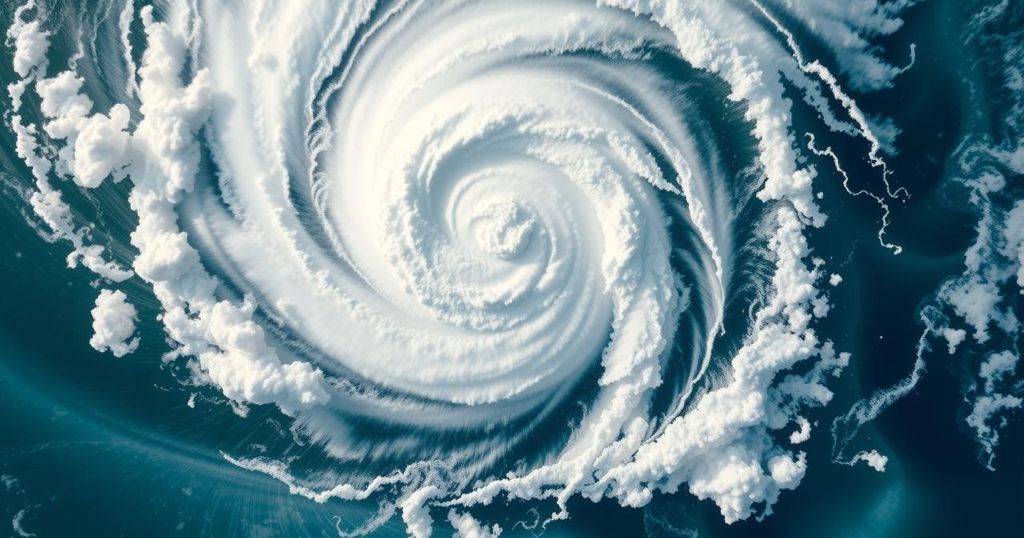Intensifying Cyclone Activity in the Southern Hemisphere
The Southern Hemisphere is witnessing significant tropical cyclone activity, with multiple systems being tracked in the Pacific and Indian Oceans. Cyclones Alfred, Honde, and Garance pose immediate threats to land, particularly in Australia and Madagascar. Meteorologists report that cyclone energy levels are 138% above normal as the active season approaches its conclusion with cooling temperatures on the horizon.
Tropical cyclone activity is currently prevalent in the Southern Hemisphere, with several systems being actively monitored. The Joint Typhoon Warning Center is tracking Cyclones Alfred, Seru, and Rae in the South Pacific, along with Honde, Garance, and Bianca in the Indian Ocean. This cyclone season has been notably active, with forecasters noting numerous cyclones that are likely to affect land areas.
Recent satellite imagery has displayed cyclones spanning from off the coast of Africa and Madagascar to both Australian coastlines. Cyclones Honde and Garance are forecasted to create significant disruptions, particularly in Madagascar and Mozambique, where heavy rain and strong winds are anticipated. The most immediate concern for meteorologists is Cyclone Alfred, which is expected to make landfall on the Australian coastline within the upcoming weeks.
Forecast models predict that Cyclone Alfred may result in severe winds and heavy rain across Queensland, raising alarms regarding possible flooding and significant disruptions to travel. In contrast, Cyclones Seru and Rae are not anticipated to cause major effects on significant landmasses.
Data from Colorado State University indicates that tropical cyclone energy in the Southern Hemisphere is currently 138% above normal levels. This heightened activity is largely due to increased cyclone formation in the South Indian Ocean as compared to the Pacific regions. Typically, cyclone activity in these areas spans from November to April, coinciding with the summer and fall months of the Southern Hemisphere.
The 2024-2025 cyclone season has already posed challenges for Australia, as evidenced by Cyclone Zelia, which reached Category 5 strength and caused a temporary halt in iron ore mining along the Pilbara Coast. As cyclone activity heightens, meteorologists expect this surge may be the final significant wave for the season, which is nearing its end as water temperatures begin to cool.
The transition to cooler water temperatures will occur as the Sun shifts towards the Northern Hemisphere post-spring equinox, signaling the initiation of cyclone seasons in the Northern Hemisphere. The North Indian Ocean and western Pacific typically witness the earliest tropical cyclone activities, while the eastern Pacific and North Atlantic regions generally experience their initial cyclone activity in early summer months.
The Southern Hemisphere is currently experiencing notable tropical cyclone activity, with several systems threatening land areas. Cyclones Alfred, Honde, Garance, and others are under close observation, particularly for their potential impact on Australia and surrounding regions. Despite the surge in cyclone energy, forecasters anticipate a swift conclusion to the current season due to the upcoming cooling of water temperatures. Overall, this cyclone season has proven to be intense, marked by both challenges and significant weather events.
Original Source: www.foxweather.com




Post Comment